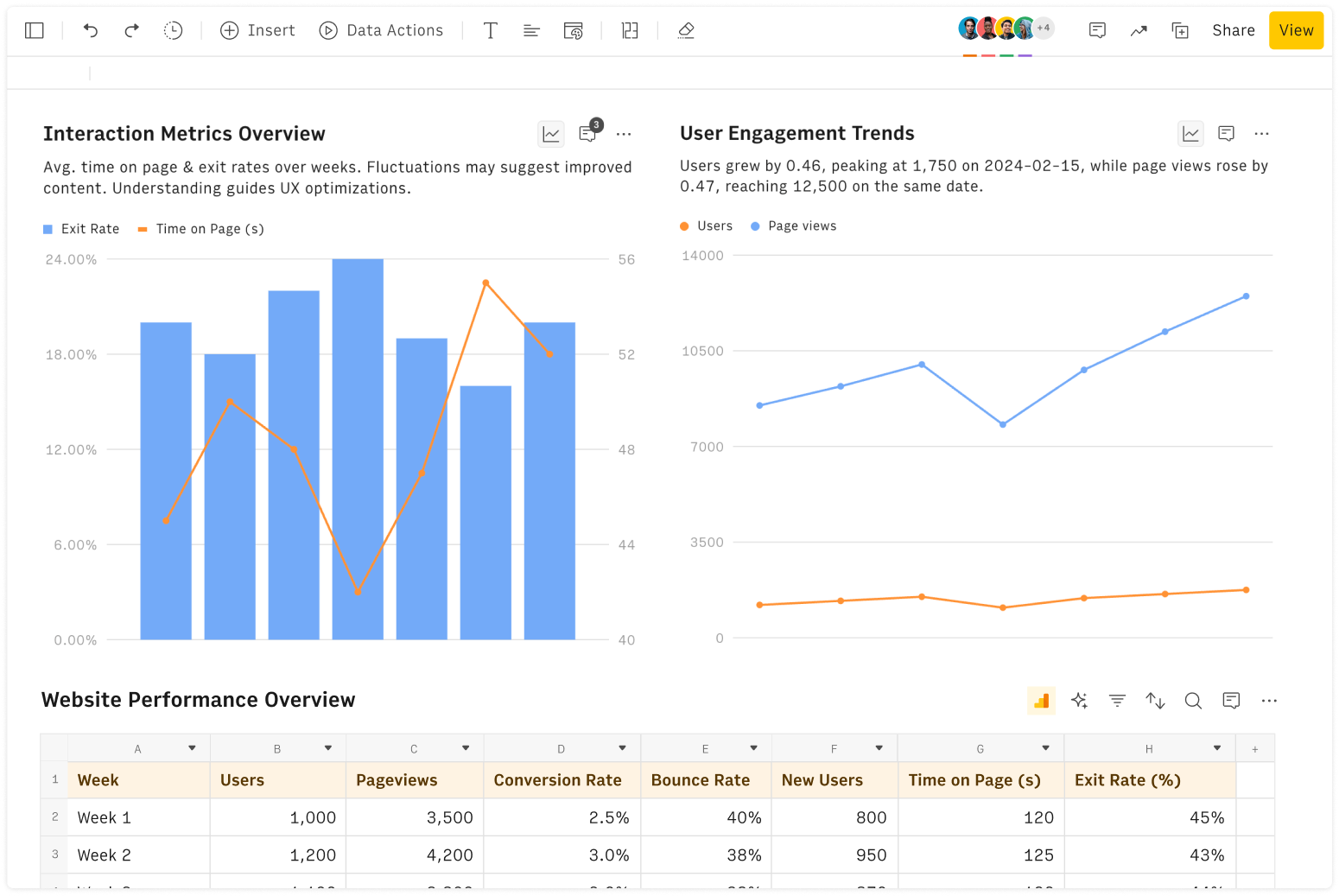What is a Facebook Balance Sheet?
A balance sheet, also known as a statement of financial position, provides a snapshot of a company's assets, liabilities, and shareholders' equity at a specific point in time. For a company like Facebook, it is one of the fundamental financial statements used to evaluate its financial health and stability. Key components of a Facebook balance sheet include Current Assets, Long-term Assets, Current Liabilities, Long-term Liabilities, and Shareholders' Equity.
How to Read the Facebook Balance Sheet
Understanding the Facebook balance sheet involves analyzing its various components:
Facebook's Current Assets
Cash and Cash Equivalents: Liquid assets that can be readily accessed. For Facebook, this includes the vast reserves of cash that the company holds to fund acquisitions and operations.
Accounts Receivable: Money owed to Facebook by advertisers who use its platform to reach customers.
Inventory: While Facebook doesn't have traditional inventory, it might include prepaid expenses and other short-term assets.
Facebook's Long-term Assets
Property, Plant, and Equipment (PP&E): Long-term physical assets like data centers and office buildings that support Facebook’s global operations.
Intangible Assets: Non-physical assets such as patents, trademarks, and, significantly for Facebook, goodwill from acquisitions like Instagram and WhatsApp.
Facebook's Current Liabilities
Accounts Payable: Money owed by Facebook to suppliers and service providers.
Short-term Debt: Loans and financial obligations due within a year.
Facebook's Long-term Liabilities
Long-term Debt
: Loans and financial obligations due after one year. Facebook’s strategy often involves leveraging long-term debt for expansion and technological development.
Deferred Tax Liabilities
: Taxes owed in the future due to timing differences between accounting and tax recognition.
Facebook's Shareholders' Equity
Common Stock
: Equity capital raised from shareholders. For Facebook, this reflects the investment from its shareholders since its IPO.
Retained Earnings
: Cumulative profits retained in the business to fund growth initiatives and research and development.
Key Components to Understand Facebook's Business
To better understand Facebook's business through its balance sheet, it's important to focus on several key components:
Advertising Revenue: A significant part of Facebook’s assets comes from accounts receivable, representing money owed by advertisers.
Research and Development: High levels of intangible assets reflect Facebook's investment in technology and innovation.
Global Expansion: Long-term liabilities and PP&E indicate Facebook’s ongoing efforts to expand its global infrastructure, including data centers and offices.
User Growth and Engagement: Retained earnings are crucial for funding initiatives aimed at increasing user engagement and expanding services.
Key Analysis from the Facebook Balance Sheet
Facebook's Liquidity Ratios
Liquidity ratios help evaluate Facebook's ability to meet its short-term obligations. Here are key ratios and their calculations:
Current Ratio:
Calculation: Current Assets / Current Liabilities
Insight: Measures Facebook's ability to pay off its short-term liabilities with its short-term assets, crucial for maintaining operational liquidity.
Quick Ratio:
Calculation: (Current Assets - Inventory) / Current Liabilities
Insight: Assesses Facebook's capacity to meet short-term obligations without relying on inventory sales, highlighting its liquid assets.
Cash Ratio:
Calculation: Cash and Cash Equivalents / Current Liabilities
Insight: Indicates the extent to which Facebook can cover its short-term liabilities with cash and cash equivalents, ensuring financial stability.
Facebook's Solvency Ratios
Solvency ratios measure Facebook's ability to meet its long-term obligations. Key ratios include:
Debt to Equity Ratio:
Calculation: Total Liabilities / Shareholders' Equity
Insight: Evaluates the proportion of debt financing relative to equity financing, important for understanding Facebook’s financial leverage.
Equity Ratio:
Calculation
: Shareholders' Equity / Total Assets
Insight
: Indicates the proportion of total assets financed by shareholders' equity, reflecting Facebook’s reliance on internal funding.
Debt Ratio:
Calculation: Total Liabilities / Total Assets
Insight: Measures the extent to which Facebook’s assets are financed by debt, offering insights into its financial risk.
Interest Coverage Ratio:
Calculation: EBIT / Interest Expense
Insight: Assesses Facebook’s ability to pay interest on its outstanding debt, crucial for maintaining financial health.
Explore our Facebook's Balance Sheet Tool today to gain a deeper understanding of Facebook’s financial dynamics and make data-driven business decisions with confidence.



